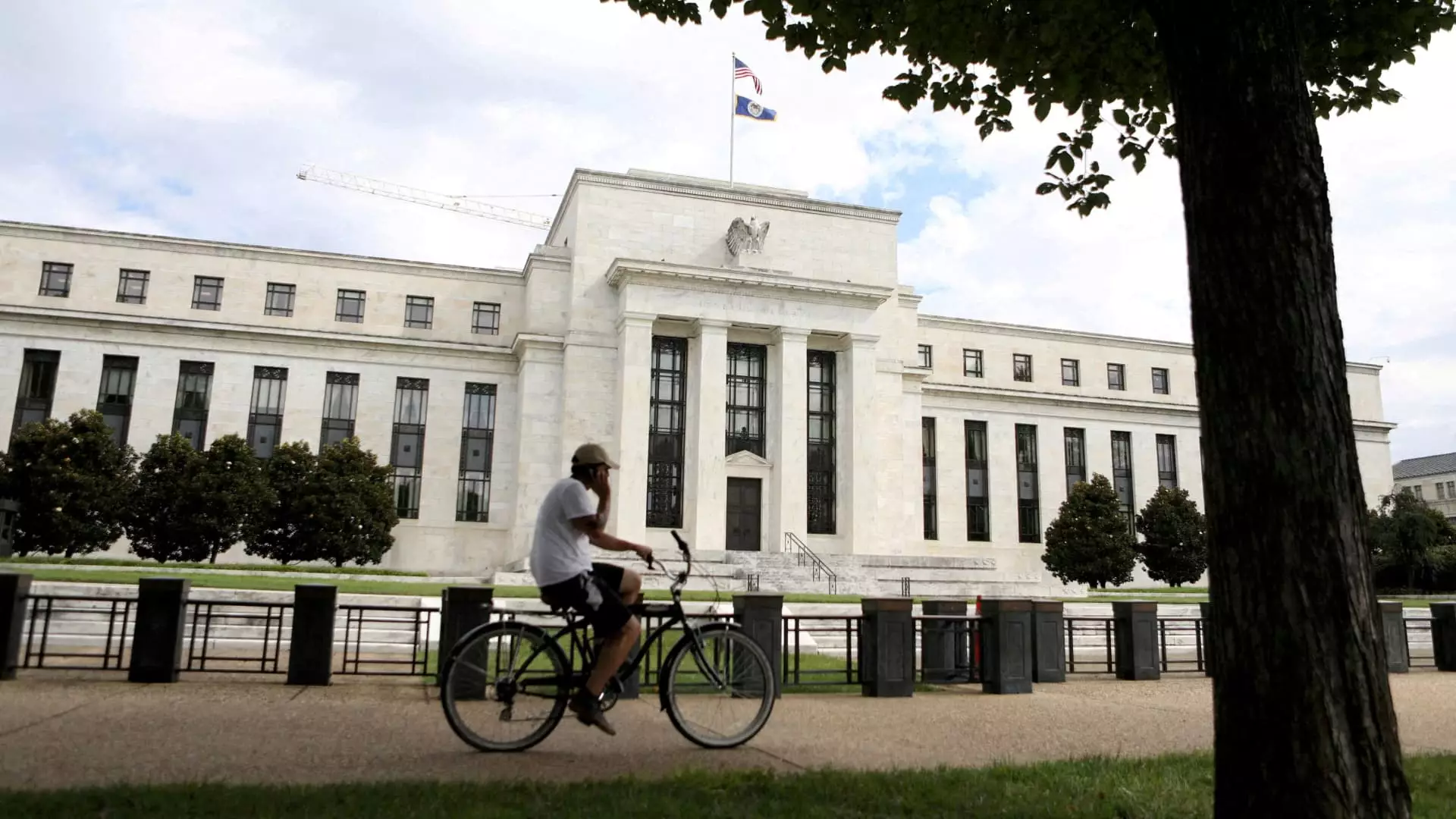As economic turbulence slices through the fabric of everyday life, the spotlight shines on the Federal Reserve’s recent moves—or lack thereof. Despite a stronger-than-anticipated jobs report and persistent inflation signals, it seems the Fed is staunchly holding interest rates steady. This reaction is particularly telling against a backdrop of formidable pressure from political figures, notably former President Donald Trump. The populist approach he takes, demanding lower interest rates to alleviate what he perceives as an inflation fiasco, places the Federal Reserve in a precarious position. Though Trump’s assertions resonate with ordinary Americans pinched by rising prices, the artificial fiddling with interest rates would merely serve to gaslight a population clamoring for real economic solutions. The Federal Reserve’s mission is to operate independently, a fact that should remain untouched by the whims of transient political figures.
The Implications for Consumers
The implications of an unwavering Federal Reserve for the average American are particularly troubling. Currently, millions are grappling with skyrocketing prices alongside high borrowing costs, leaving families in a precarious economic state. As Eugenio Aleman, chief economist at Raymond James, aptly articulated, consumers invariably bear the brunt of economic policy miscalculations. This encroaching pressure, exacerbated by ongoing trade disputes and tariffs, stirs uncertainty, making the financial landscape even more daunting.
People often forget that the federal funds rate is not just an abstract figure that economists debate—it’s a living element that directly influences the everyday economic behavior of millions. Whether it’s fluctuating credit card interest rates, mortgage payments, or car loans, the implications of this policy trickle down to consumer finances in a very immediate way. For families already making tough choices about where to allocate their increasingly limited budgets, high borrowing costs crunch yet another aspect of their financial lives.
Trade Policies and Their Economic Fallout
Donald Trump’s trade policies add complexity to an already thorny situation. The new tariffs, more than just a political statement, are poised to wreak havoc on inflation forecasts. Economists are worried that a sustained rise in prices could inadvertently become a self-fulfilling prophecy if the Fed does not adjust interest rates accordingly. The perpetual cycles of increased tariffs and prices are not just theoretical constructs; they are playing out in real time within American households, diminishing purchasing power, and causing heightened anxiety.
What’s more, it’s the low-income households that often face the heaviest toll. Where wealthier segments of the populace can buffer themselves against rising costs, the working-class community feels the brunt intensely. Each monetary policy decision filters through the socio-economic strata, revealing inequalities that are all too real for many. If the Fed remains stagnant, the lower classes will pay higher prices for goods that their wealthier counterparts might shrug off as minor inconveniences.
The Shadows of Credit Card Debt
Against this backdrop, the burden of credit card debt looms ominously. With interest rates hovering just over 20%, Americans find themselves caught in a vise of economic strain. Matt Schulz from LendingTree paints a sobering picture: banks are tightening their grip on credit availability, thereby raising rates as a risk management strategy. The result? Households grappling with high prices and limited income are effectively being squeezed further, leading to an alarming rise in credit card debt—the very embodiment of a vicious cycle.
Borrowers are not merely grappling with fluctuating interest costs; many are also wrestling with the reality that emergency savings are dwindling. Families, already hesitant to expand their budgets, are now forced into greater financial insecurity as easy access to credit becomes increasingly unattainable. The health of consumer credit remains a crucial litmus test of economic stability, and the high rates may serve to imperil households into a very harrowing economic outlook.
The Housing Market Struggle
Yet another pivotal arena affected by these policies is the housing market. Despite marginal declines in mortgage rates, potential homebuyers are facing what amounts to a stagnant market characterized by individual despair rather than collective prosperity. While it’s easy to look at the average fixed-rate mortgage inching down from 7.04% to 6.81% as a victory of sorts, the reality is that this decline does little to revive a market already burdened by high prices and stalled purchasing power. The persistence of high rates serves to deter many from even contemplating homeownership as a viable goal.
As inventory tightens and prices ascend, would-be buyers are compelled to act hastily before another price surge, reflecting a jittery market fraught with uncertainty. The economic nuances play into each decision, ultimately leading to a landscape in which fewer American families can achieve the “American Dream” of homeownership.
Potential Solutions Amidst Turmoil
Amid this storm of economic turbulence, a flicker of hope appears in the form of top-yielding online savings accounts, offering above-average returns that could somewhat cushion financial blows. While the Federal Reserve has little direct control over these rates, it’s crucial that families seize opportunities to bolster their savings amidst uncertainty. Now more than ever, cultivating a robust emergency fund is the best line of defense against an unpredictable economic milieu.
However, mere savings isn’t a panacea; debt elimination must also take center stage. High-interest, short-term debt can be an anchor, pulling families deeper into financial instability. Facing high interest rates, lower-income families particularly need innovative strategies that shelter them from the pressures imposed by policy-makers caught in partisan bickering.
In such a bewildering system, where individual lives teeter on the decisions of an aloof central bank and political machinations, it is imperative that Americans demand greater accountability and innovative financial strategies to offer immediate relief and long-term stability.

